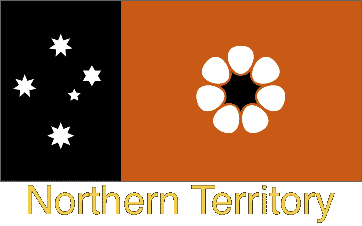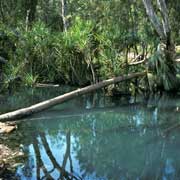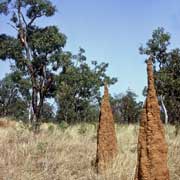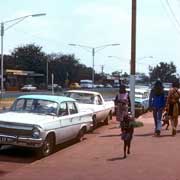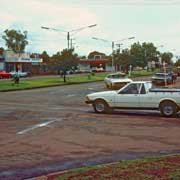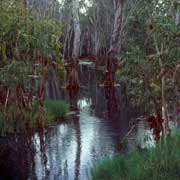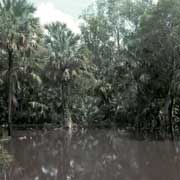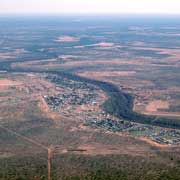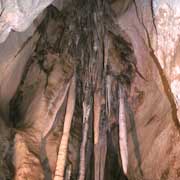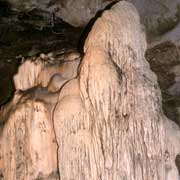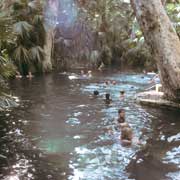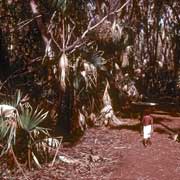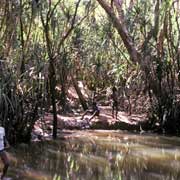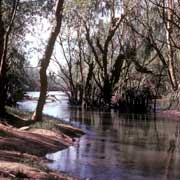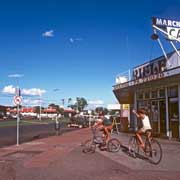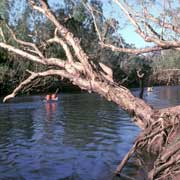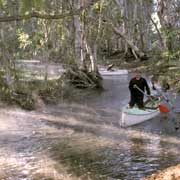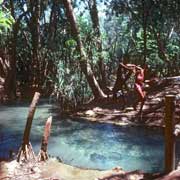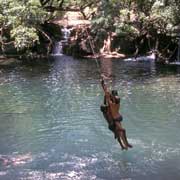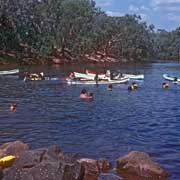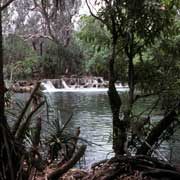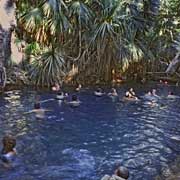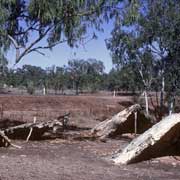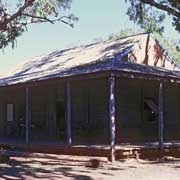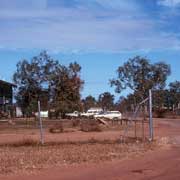Photos of Katherine and Roper region, Northern Territory, Australia
Katherine and Roper region, Northern Territory
Katherine is the Territory's fourth largest town, situated about 310 kilometres south east along the Stuart Highway on the Katherine River, permanent running water traversed by a road and rail bridge. It was developed in the late 19th century after the Overland Telegraph Line had been built and the first cattle station of the Territory had been established at Springvale, near what is now called the Low Level Crossing on the river.
you may then send it as a postcard if you wish.
Katherine became a centre for the cattle stations in the region and an abattoir was set up. Nowadays huge road trains bring their cattle to the Katherine Meat Works. The town, with a population of close to 10,000, also has an air force base and is a major tourist centre. The Katherine River offers beautiful views, good swimming and fishing and Nitmiluk National Park, Katherine Gorge, is nearby.
Along the Stuart Highway, 30 kilometres south of Katherine, is Cutta Cutta Caves Nature Park, about 1,500 hectares of limestone landscapes, offering Karst formations and a network of caves with stalactites and stalagmites, unique to this region. Further south, 107 kilometres from Katherine, is the small town of Mataranka, with nearby Elsey National Park centred around part of the Roper River. This is a lush parkland with as its greatest attraction the thermal pool at Mataranka Homestead, 7 kilometres east of the highway from Mataranka. The warm pool in Mataranka was first developed by troops in the Second World War at the natural warm spring here. It is now a major tourist attraction, an idyllic turquoise coloured lagoon surrounded by Pandanus palm trees. The crystal clear water is a constant 34 °C and flows from Rainbow Springs at over 30 million litres each day. The area around the pool is a natural breeding ground for the Little Red Flying Fox; during the breeding season in the Wet there may be thousands of them twittering in the palms.
